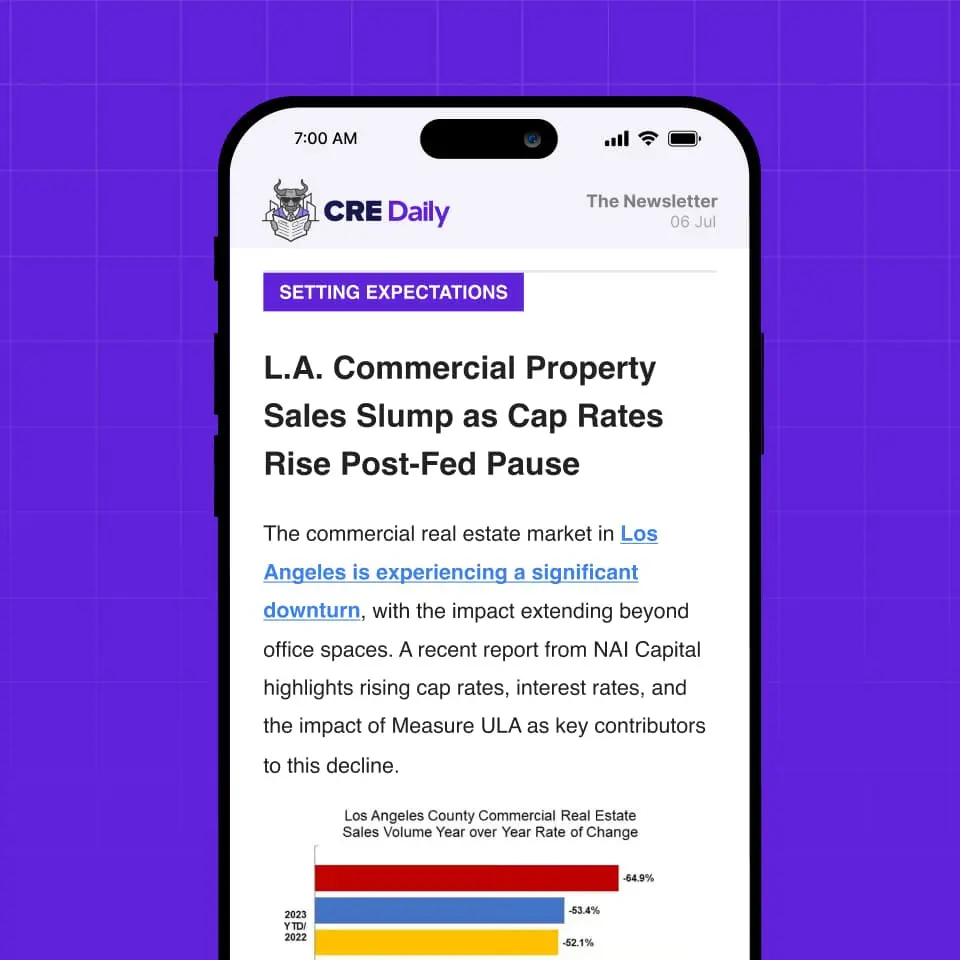- Rent reporting allows tenants to boost credit scores by sharing positive rent payment history with credit bureaus, an advantage homeowners have long enjoyed.
- A new Urban Institute study found rent reporting increases the number of renters with credit scores by 12 percentage points and helps more reach “near-prime” credit levels.
- Fannie Mae and Freddie Mac now consider rent history in underwriting, signaling growing institutional support for rent reporting as a credit-building tool.
- While demand for these services is growing, uptake remains limited due to lack of awareness and tenant-paid fees—though education efforts are starting to improve adoption rates.
Credit Where It’s Due
For decades, renters couldn’t build credit through rent payments, but platforms like Esusu and TurboTenant are changing that, reports GlobeSt. These platforms help multifamily operators report on-time rent, allowing tenants to build or improve their credit scores.
Study Confirms Impact
A recent Urban Institute report, done with Esusu, TransUnion, and housing providers, found rent reporting improves renters’ credit outcomes. It significantly boosts the chances of obtaining a VantageScore and reaching a credit rating of 601 or higher. A randomized trial showed rent reporting raised renters with credit scores by 12 points, proving its credit-building benefits.
Get Smarter about what matters in CRE
Stay ahead of trends in commercial real estate with CRE Daily – the free newsletter delivering everything you need to start your day in just 5-minutes
How It Works
These services usually rely on “positive-only” reporting—only on-time payments are sent to credit bureaus. Missed payments are left unreported, avoiding negative impacts on a tenant’s score. Though promising, the service often comes at a cost to renters—typically around $5 per month—which can be a barrier for many.
Lenders Take Note
Fannie Mae and Freddie Mac now factor rent payment data into their underwriting models, giving renters more credit recognition. This shift legitimizes rent reporting and highlights its growing importance in helping renters qualify for mortgage approvals. It’s a sign that rent reporting could become a mainstream tool in improving housing affordability and access to credit.
Challenges Remain
Adoption still lags. TurboTenant reports that while nearly 177K landlords contribute data, fewer than 17K tenants are enrolled in rent reporting—partly due to lack of awareness. “Most renters don’t realize they can build credit simply by paying rent on time,” said TurboTenant’s Jess Pelini. TurboTenant uses credit education across the renter journey, helping double user growth year over year.
Why It Matters
In a credit-driven economy, a few points can make a big financial difference. A renter with a FICO score over 600 may pay thousands less in loan interest than someone with a subprime score. As housing operators, fintech platforms, and government-backed lenders converge around rent reporting, this once-overlooked amenity is quickly becoming a must-have feature for credit-conscious renters.
What’s Next
As the infrastructure around rent reporting matures, expect more landlords to offer it as a built-in amenity—and for tenants to demand it. With proven benefits and expanding institutional support, rent reporting may soon be as common as online payments or package lockers in multifamily communities.

















